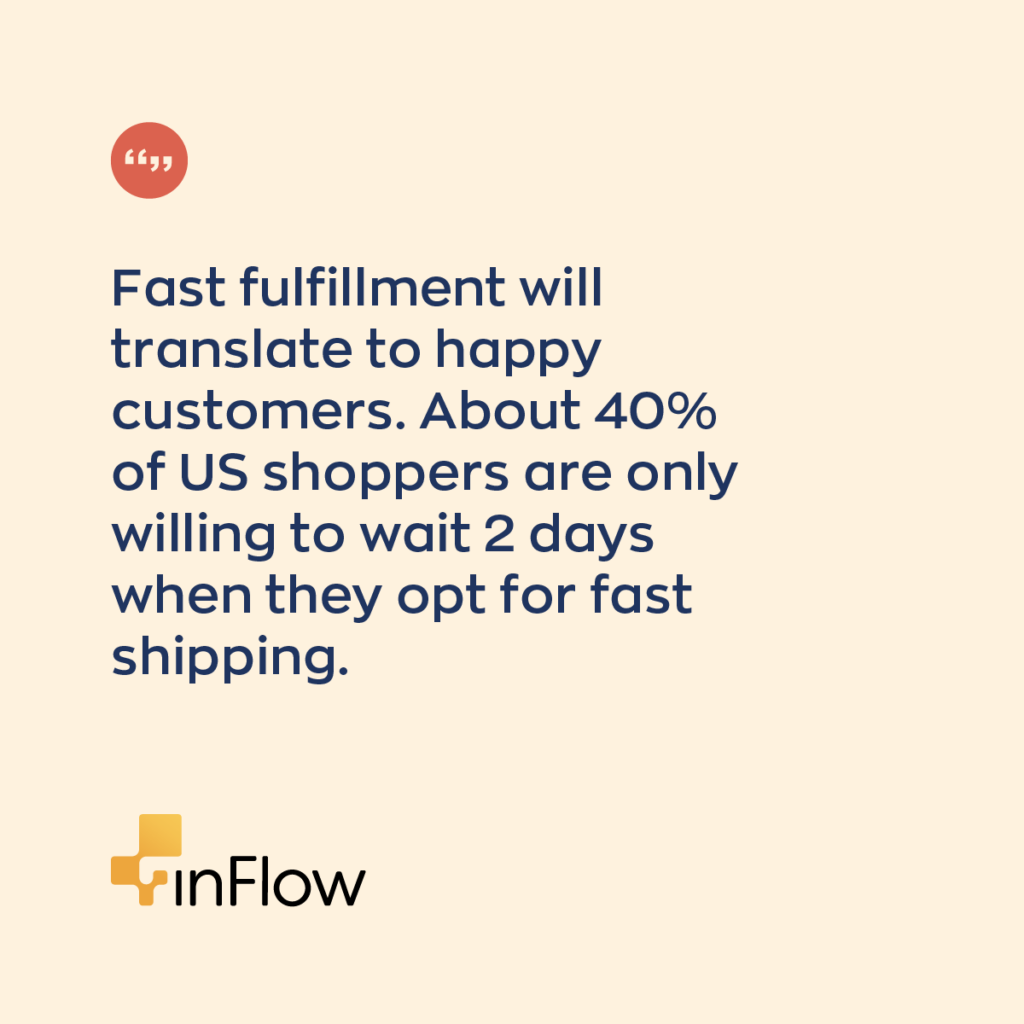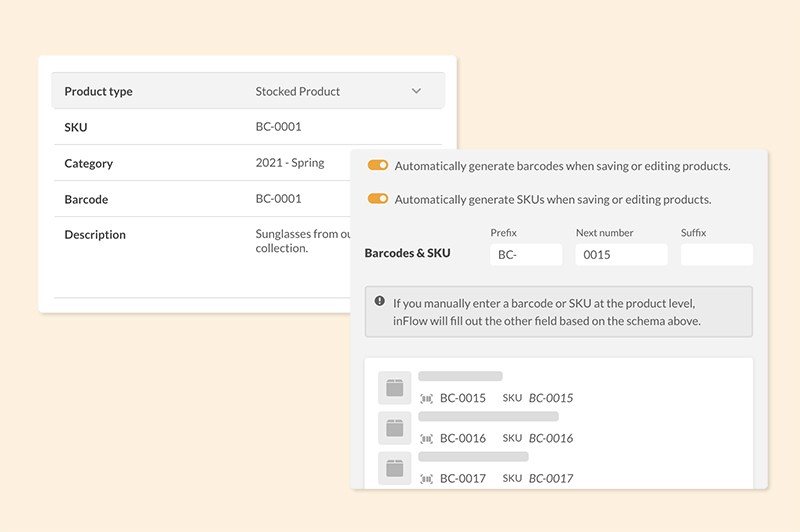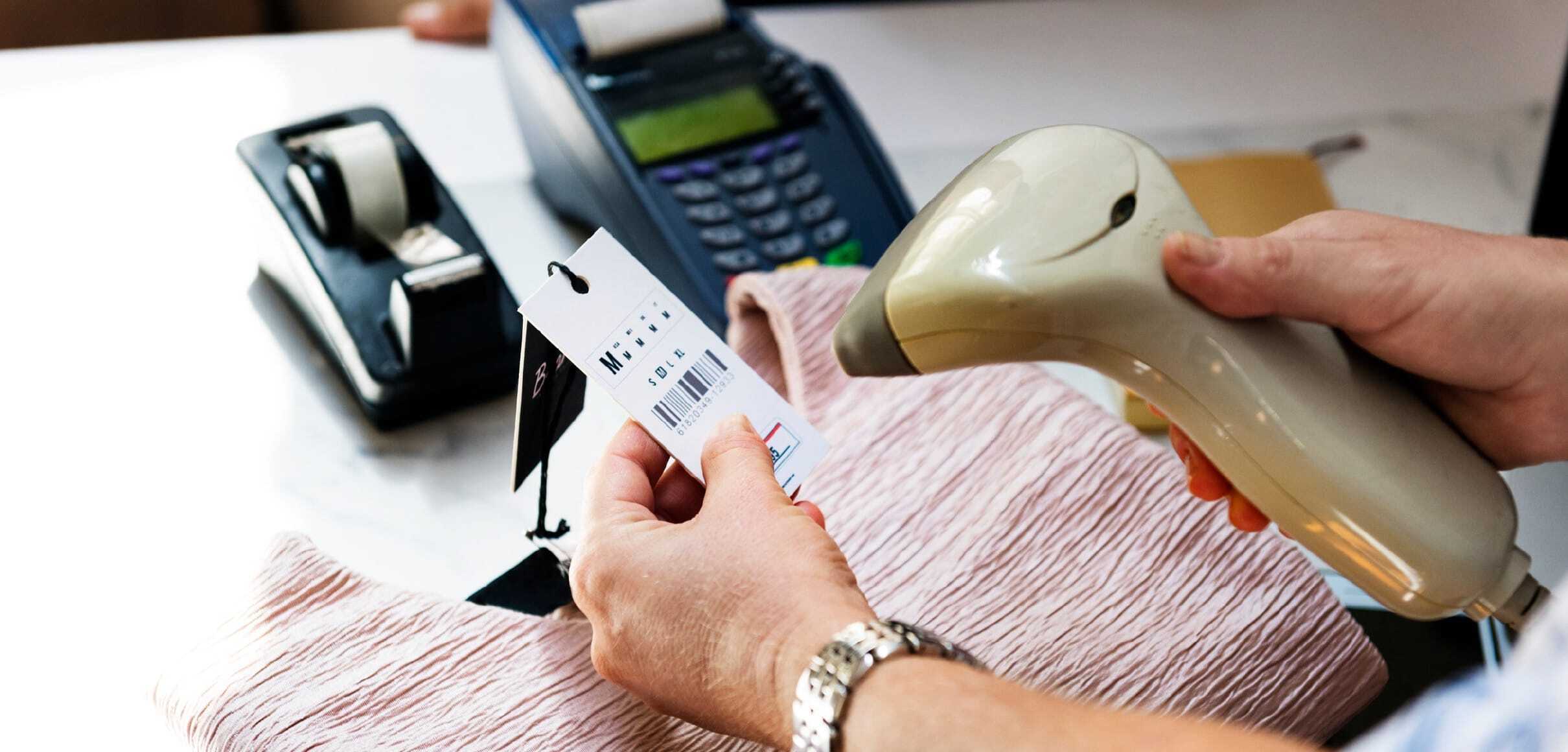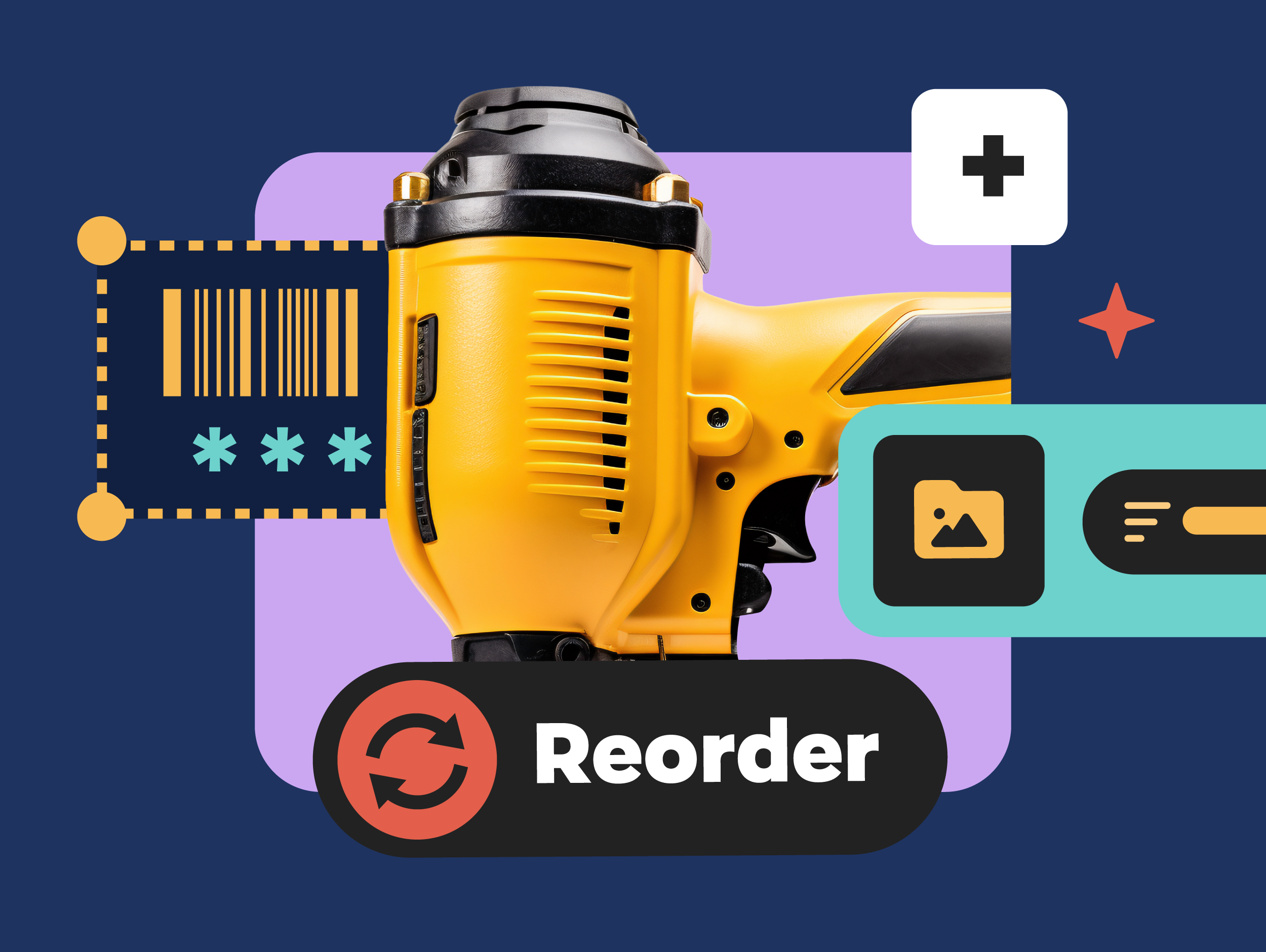Wendy manages a clothing store. One day, Customer X orders a red, medium women’s t-shirt via social media. Assuming there is available stock, Wendy confirms the order and promises delivery. However, the item is out of stock. The customer is naturally upset and leaves negative reviews about the business online. This short anecdote shows poor inventory management that not only resulted in a missed sale but also damaged the brand’s reputation. In other words, knowing what a SKU code is and how to incorporate it to run your store operations could save the day if you are in the retail business.

Below is a quick guide on what is a SKU number, how you can use them to bring your business to the next level, how to create them, and much more.
Let’s dive in.
What is a SKU?
SKU stands for “stock-keeping unit.” It is a unique code consisting of letters and numbers you can assign to your products. These codes can help you manage your inventory more efficiently. The alphanumeric code is typically between 8 and 12 characters long and corresponds to specific information about the item, such as its brand, type, style, size, color, and availability, among others.
Take note that a stock-keeping unit is not universal. For this reason, the SKU codes you generate are unique to your products. So the numbers you use will be different from those used by other businesses because the things they track may differ from things that matter to your store operation.
SKU vs. UPC: What’s the Difference?
When tracking inventory, you will see several codes used in the retail industry. However, it can be difficult for the unfamiliar to tell if one is looking at a SKU or a UPC. The latter stands for Universal Product Code. Here’s a breakdown of how SKUs differ from UPCs:
![SKU (Stock Keeping Unit)
● Unique to each retailer
● Alphanumeric
● Between 8 and 12 purposely chosen characters
● Contains product characteristics
● Comes with a barcode
● Retailer determines own SKU architecture
UPC (Universal Product Code)
● Universal across all retailers
● Numeric
● Consists of 12 random characters
● Identifies items and their brand owner
● Issued by the standards organization, GS1 US
● Constant through the product's shelf life, regardless of where it is sold[1]](https://www.inflowinventory.com/wp-content/uploads/2021/09/Custom-1-Redone-for-GS1-1024x1024.jpg)
UPCs are globally recognized barcodes you can use to identify your products, and these barcodes are encoded with a global trade item number (GTIN). The GTIN is what you’re actually purchasing from GS1, and the UPC is the barcode symbology used to encode the numbers of the GTIN. In our Ultimate Barcoding Guide, you can learn everything there is to know about barcodes, including a much more in-depth look into the difference between SKUs and UPCs.
If you’re looking to purchase UPCs of your own, you can buy them through GS1 from one of their many offices worldwide. inFlow has actually partnered with GS1 to become the first and only inventory management software company to sell UPCs directly to our customers through our inFlow GTIN barcode shop. So if you’re looking for just a few barcodes to get started, you can head over there for a quick and easy shopping experience. However, if you’re looking to get UPCs for ten or more products, we would recommend registering a company prefix directly with GS1.
Now that you have a clear idea of what a SKU is and how it differs from a UPC, it’s time to learn how to use it to bring your business to the next level.
8 Ways You Can Use SKU for Your Business
SKU numbers should not be an alien concept to sellers like you. Not only are they vital to your operations, but they also make life much easier, so understanding them is crucial.

Here’s how to make the most of SKU numbers to grow your business:
1. Accurate Inventory Tracking
Since you can use SKU numbers to track different characteristics of your products, you can use them to monitor your inventory. You can check specific items’ availability and stock levels, even across multiple channels.
You can streamline your re-ordering since you will likely have an inventory system integrated with your supplier’s system. With the same identifiers across different stores, you can also keep all of your systems up-to-date, which should help achieve an efficient supply chain and logistics.
With accurate inventory tracking, you will have excellent inventory management that eventually helps you maximize your cash flow.
2. Forecast Your Sales
Using SKUs, you can view your inventory levels in real time, which can help address your brand’s urgent issues and opportunities. For example, you can determine if you are overstocking some items that are slow to sell so that you can adjust future orders.
Likewise, you can avoid low inventories for your best-selling items. Knowing the most popular items will allow you to push for more sales through online promotions, window displays, and other methods to help move items faster.
However, remember that having a good balance of top-selling items and other products will help meet the demands of your customers.
3. Improve Customer Satisfaction and Loyalty
SKU codes can help determine which products customers will likely re-order. Knowing this, you can ensure that such items are readily available, helping you avoid stockouts. This leads to a better customer experience and can help develop brand loyalty.
When customers in the United States encounter out-of-stock items online, 15% go to other sites to buy the same product. While 60% of these buyers may look for substitute items in the same online store, half of those will switch brands or look for substitutes. Another 15% will delay or cancel their orders.
Across the globe, recapturing sales from buyers who did not find what they were looking for could help retailers gain $22 billion in profit.
4. Suggest Relevant Products
When you have products that are out of stock in-store, your SKU list can help you offer customers similar items they may like. The same is true for online sales, where you can offer alternatives. You can upsell or cross-sell other items that can be useful to customers based on customer purchase history and interactions from your AI contact center, as well as the SKU of the item that they intended to buy.

You have a 60 to 70% chance of upselling to existing customers and about a 5 to 20% chance of obtaining new customers. Beyond the extra profits, you can use SKUs for upselling and cross-selling, which can help build a deeper relationship with your market. You create a wonderful and straightforward buying experience that will convince customers to return for more.
5. Better Customer Experience
If you are in sales, you have to know your products in and out. You have to understand how one product differs from another. With this knowledge, you can easily organize your store or warehouse to locate items quickly or ship them promptly if you’re selling online.
When your staff learns your SKU architecture, they will know where the products are, decreasing customer wait time. They can also easily guide the customer to make informed buying decisions.
6. More Efficient Fulfillment
With good use of SKU codes and inventory tools, you can fulfill orders faster and pave the way for the digitized processing of orders. This saves you time because you can pack and ship orders quicker and update your inventory automatically.

7. Reduce Shrinkage
When you run a retail business, you might have different product suppliers. SKU numbers can help you keep a tab on the products coming in. You will know the exact number of items arriving at your warehouse or store. If there are missing items, you can report them as missing, suspected mishandling, or possible theft.
8. Behavior Analytics
Aside from knowing details about your inventory, SKU analytics can provide meaningful insights into your customers’ buying behavior. For example, you can see if customers tend to buy specific items together so you can plan the assortment of goods to have available. You can also determine profitability per product, measure the day’s outstanding inventory, learn about inventory turnover, and more.
The benefits of using SKU for your business revolve around managing inventory and, more importantly, fostering a better customer experience.
How to Create SKU Numbers
If the products you sell do not have SKU numbers, you can create them. If you use inventory management software like inFlow, you can quickly generate them. Ensure you do not use your supplier’s SKU codes because you might encounter problems down the line.
Quick Tips When Creating SKU Codes
Here are some things to remember when you create your SKU architecture:
- Use 8 to 12 characters
- Start the number with a letter
- Ensure each letter and number denotes an important characteristic of your products
- Do not overload them with meaning
- Do not use zero to start the SKU number
- Avoid letters such as L, I, or O that are often confused with numbers
- Use a simple format that’s easy to understand
- It is best not to re-use SKU numbers
- Use separators such as dashes or dots
- Avoid spaces and slashes between characters
Let’s take a look at the basic steps when creating SKU numbers:
1. Choose SKU Number Identifiers
When structuring your SKU numbers, you must first decide what product traits you want to track. This can be the size, category, color, style, type, brand, or another qualifier.
2. Assign a Top-Level Identifier
The first two characters of your SKU should be a top-level identifier. For example, if you are running multiple stores, you can use them to identify the store location.
3. Incorporate More Product Traits
The following 2 to 8 characters will identify unique traits such as brand, color, style, and size. You can identify suppliers using letters to avoid confusion.
4. End with a Sequential Number
The last 2 to 3 characters of the code should be sequential numbers to help you distinguish between new and old inventory. So if you have the same-sized red t-shirt from the same brand, this portion of the SKU will help you determine which product to push out first.
Let’s look at an example:
If you create SKU numbers for Brand RS, you can assign the identifier RS to distinguish it from brands AA and BB, for example. The following identifier will help determine if it’s a shirt (11), pants (12), or dress (13).
After that, the following two characters of the code will give you color, like red (21), purple (22), or white (23). The next portion will be for the size, such as small (31), medium (32), or large (33).
So, if you have an RS t-shirt, red, size medium, the SKU number will be RS112132.
SKU Numbers FAQs
Here are some of the most commonly asked questions about SKU numbers:
What is a SKU number, and what does SKU stand for?
Stock keeping unit or SKU is a unique code you can assign to the products you are selling. You can use these numbers to track inventory, improve sales, provide better customer service, and more.
How does a SKU work?
It typically consists of 8 to 12 characters that represent unique traits for items in your inventory.
Why is SKU important?
SKU numbers can help you identify, track, and organize your inventory. They will help you run your business more efficiently, drive more sales, and improve customer satisfaction.
Are SKUs and barcodes the same?
The answer to this question can be tricky. If you’re using barcodes internally within your company for inventory management purposes, you may create barcodes for your products that match your SKU numbers. However, you’ll need to use UPC barcodes if you’re selling your products and using the barcodes externally. In this case, your SKU number will differ from your barcode number.
How do I get a SKU for my product?
You can create SKU numbers manually, using a spreadsheet, or more conveniently by using a SKU generator built into most inventory management systems.
Can two products have the same SKU number?
SKU numbers are unique. No two products can have the same SKU number.
How inFlow Can Help You Accurately Monitor Your Inventory
If you own or manage a small business selling products online or at a brick-and-mortar store, consider the best practices of using SKUs to reap their benefits.

Say goodbye to manual inventory tracking prone to human errors. Use inventory management systems like inFlow to help you create your own SKU architecture and bring your business to new heights.
inFlow already supports SKUs and can help you automatically generate them too.






0 Comments